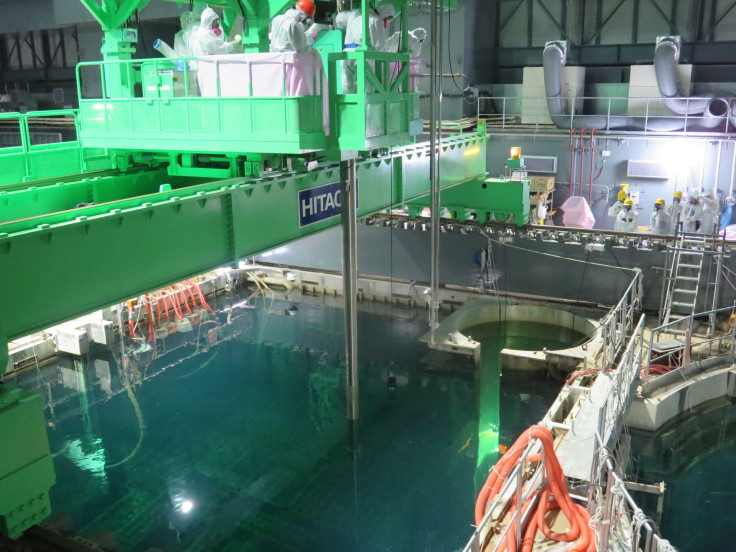What Is Fukushima? Everything To Know About Nuclear Disaster At Daiichi Power Plant

The coastal prefecture of Fukushima has faced a difficult road since a devastating earthquake and tsunami rocked the area in 2011, killing tens of thousands and causing its nuclear reactor to melt down, leaking radiation and rendering the surrounding provinces uninhabitable.
Since then, the plant’s operator, Tokyo Electric Power Company (TEPCO), has been working to clean and decommission the facility. In January, the company bumped its estimate for a full cleaning to $188 billion, noting it would probably take decades.
Radiation levels from the reactors should have faded over time, but TEPCO said Thursday levels inside the Fukushima Daiichi plant reached such astronomical levels, not even a cleaning robot could survive inside. The previous radiation high, measured one year after the disaster, was 73 Sieverts per hour. February’s measurements showed radiation levels of 650 Sieverts. A single Sievert would be enough to cause radiation sickness in a person while a dose of 10 Sieverts would likely cause death within weeks.
“I had hoped that the previous results were wrong,” a government source told the Japan Times. “But it is certain that there is an area with high radiation levels inside the reactor.”
It’s the latest bad news for TEPCO, which found what is thought to be nuclear fuel debris inside one of the reactors in January. Such debris is likely the cause of the increased radiation.
The magnitude-9 earthquake that hit Fukushima March 11, 2011, was the worst ever to hit Japan, and the subsequent tsunami caused the worst nuclear disaster since Ukraine’s Chernobyl in 1986. The tsunami's waves, more than 130 feet high, breached the plant’s seawall, flooding it and knocking its cooling systems offline. Three of the plant’s six reactors melted down as a result, leaking radiation.
The International Atomic Energy Agency criticized Japan and TEPCO in 2015 for not taking the proper precautions to protect the plant amid increased concerns about the possibility of an earthquake or tsunami. The organization said TEPCO knew of increased estimates of tsunami height, failed to take proper safety measures and lacked proper protection against flooding.
The plant’s continued radiation left the surrounding prefecture a ghost town. More than 300 square miles around Fukushima Daiichi are still uninhabitable.

© Copyright IBTimes 2024. All rights reserved.






















